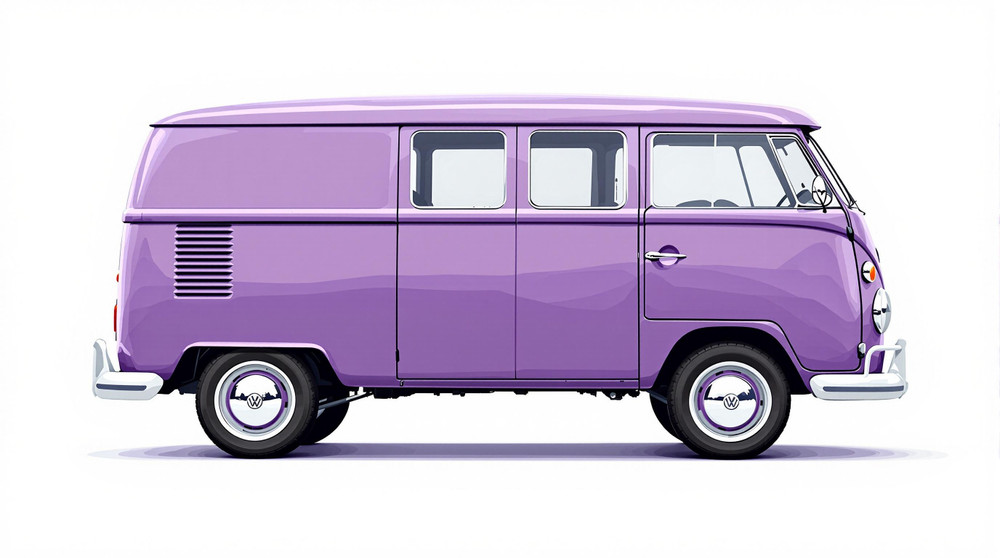Image of 1963 Volkswagen Transporter, Note: These illustrations use artistic license and may differ from actual historical models.
Performance Metrics
Fundamental Metrics
Emotional Appeal
MMP Rating
| Engine Specifications | |
|---|---|
| Engine: | Air-cooled, rear-mounted, flat-four engine |
| Displacement: | 1.2L to 1.5L |
| Horsepower: | 36-54 HP |
| Torque: | 60-70 lb-ft |
| Compression Ratio: | 7.0:1 |
| Ignition System: | Distributor ignition system |
| Cooling System: | Air-cooled |
| Performance Specifications | |
| 0-60 Time: | Estimated 37 seconds |
| 1/4 Mile Time: | Not available |
| Top Speed: | 65 mph |
| Transmission and Drive | |
| Drive Type: | Rear-wheel drive |
| Transmission Type: | 4-speed manual |
| Fuel and Efficiency | |
| Fuel System Type: | Carburetor |
| MPG: | Estimated 20-25 MPG |
| Dimensions and Brakes | |
| Brakes: | Drum brakes |
| Wheelbase: | 94.5 inches |
| Weight: | 2,600 lbs |
Note: Specifications for classic cars are given to the best of our ability, considering the limited and variant data available.
Unveiling the Icon: The 1963 Volkswagen Transporter Van
The 1963 Volkswagen Transporter Van is not just a vehicle; it's a cultural icon that encapsulates the spirit of an era. Born from the innovative minds at Volkswagen, this van, affectionately known as the "Microbus," carved its niche as a symbol of freedom and adventure. Its origin traces back to post-war Germany, where the need for practical and economical transportation gave rise to its creation. The Transporter series began in the early 1950s, and by the time the 1963 model rolled off the production line, it had already cemented its place in automotive history. A notable moment that piqued public interest was when the van became synonymous with the counterculture movement of the 1960s, earning it a loyal following that persists to this day.
Design and Innovation
The exterior styling of the 1963 Volkswagen Transporter Van is instantly recognizable with its rounded edges, split windshield, and V-shaped front fascia. The interior was a testament to simplicity and functionality, with modest materials that prioritized durability over luxury. Technologically, it boasted an air-cooled rear engine, a feature that was innovative for its time and contributed to the van's low maintenance requirements. Color options ranged from muted tones to vibrant hues, with Sea Blue and Cumulus White being among the popular choices. The most iconic body style is undoubtedly the Deluxe Microbus with its distinctive skylight windows and sunroof, which became a favorite for road trippers and surfers alike.
Historical Significance
The 1963 Volkswagen Transporter Van's impact on automotive design was profound. It challenged conventional American car design with its compact size and fuel efficiency, traits that became increasingly valued as the 1970s oil crisis loomed. Its forward-control layout and versatile space utilization set it apart from contemporaries, influencing the design of future people carriers and minivans.
Performance and Handling
Performance-wise, the Transporter Van was never about speed; with a top speed hovering around 65 mph and leisurely acceleration, it was designed for cruising rather than racing. Handling was predictable and sturdy, capable of managing winding roads with poise despite its boxy shape. Driving one was an experience in itself—the distinctive hum of the air-cooled engine and the panoramic view from behind the wheel created a sense of connection between driver, vehicle, and road.
Ownership Experience
The 1963 VW Transporter was versatile – serving as a daily driver, a show car, or even a makeshift camper. Its reliability was one of its strong suits, with simple mechanics that owners could often repair themselves. However, as with any classic vehicle, maintenance can become more challenging as parts become rarer over time.
Fun Facts
This van has seen its share of limelight with rare editions like the 23-window model commanding high interest among enthusiasts. Celebrity ownerships have added to its allure, with fans including Jerry Garcia of The Grateful Dead. While common criticisms include its modest power output and vulnerability to crosswinds, these quirks are often embraced as part of the van's character.
Collector's Information
Today, the value range for a well-preserved 1963 Volkswagen Transporter Van can vary widely based on condition and originality, but it's not uncommon to see prices ranging from $20,000 to well over $100,000 for pristine examples. Production numbers were substantial, yet finding one in excellent condition is becoming increasingly difficult. The market trend shows appreciation in value for these vintage vans, especially for models with unique features or historical significance.
Conclusion
The 1963 Volkswagen Transporter Van is more than just a means of transportation; it's a rolling testament to a bygone era that continues to captivate enthusiasts around the globe. Its design, functionality, and cultural impact have cemented its status as an automotive legend. Whether parked at a local car show or journeying on the open road, this van remains a beloved relic of automotive history that continues to bring joy to those who experience it.
1963 Volkswagen Transporter Catalog of Parts
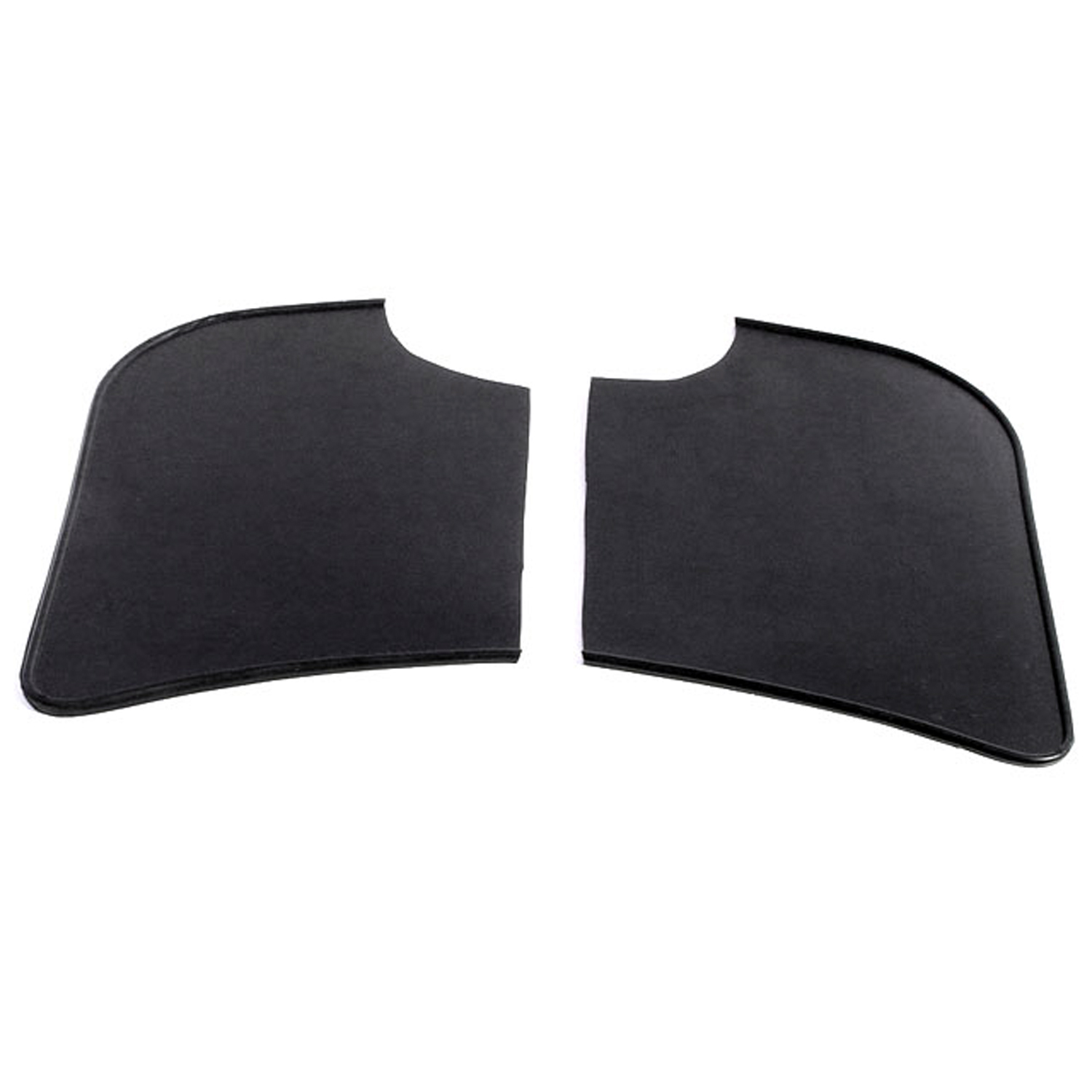 1963 Volkswagen Transporter Gravel Shields. Molded flat without metal backing plates-FS 40Gravel Shields. Molded flat without metal backing plates. Apply with contact cement. 7-5/8" long X 5-5/8" wide at top. Pair
1963 Volkswagen Transporter Gravel Shields. Molded flat without metal backing plates-FS 40Gravel Shields. Molded flat without metal backing plates. Apply with contact cement. 7-5/8" long X 5-5/8" wide at top. Pair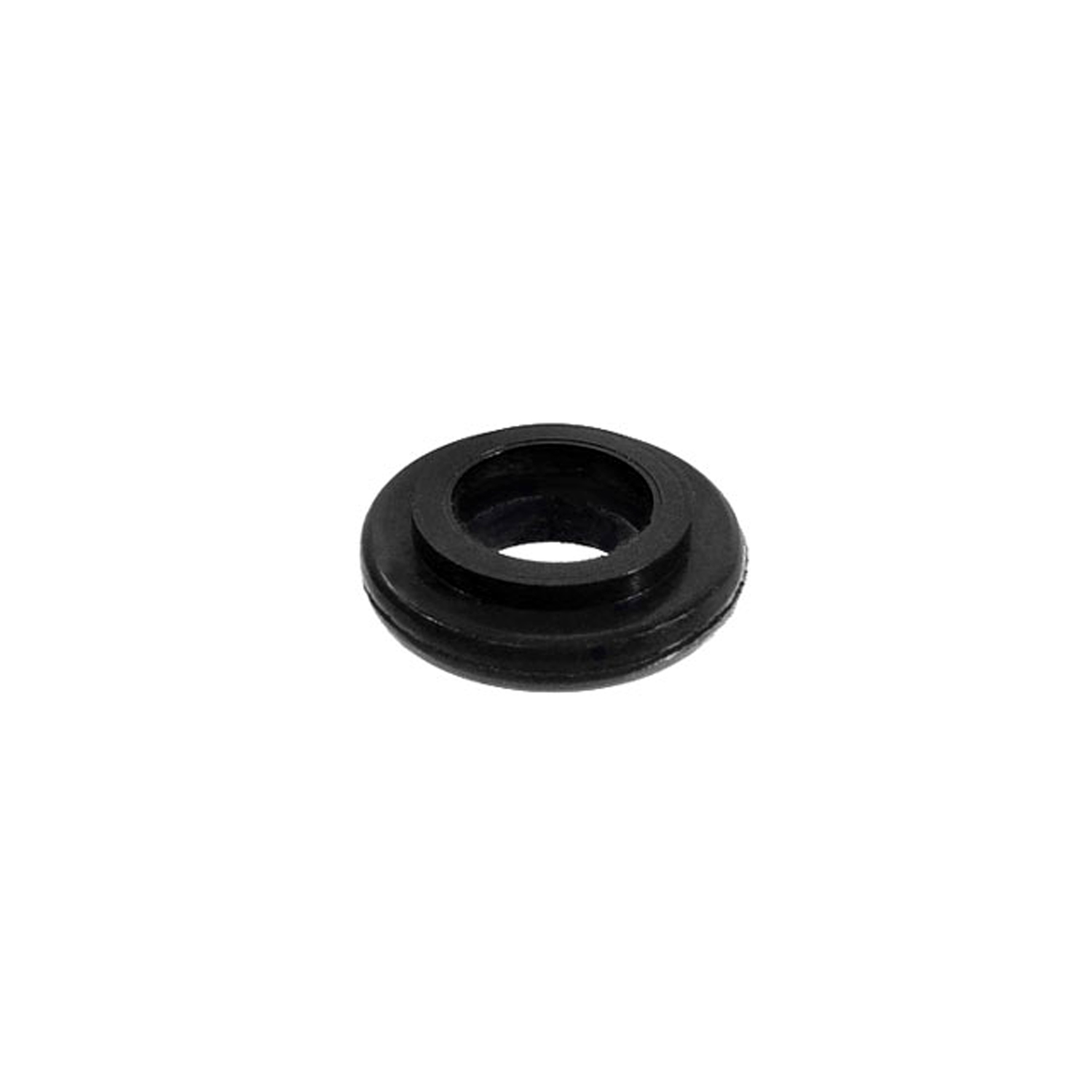 1963 Volkswagen Transporter Oil Cooler Seal. 7/16" I.D., 7/8" O.D. Each-RP 8-BOil Cooler Seal. 7/16" I.D., 7/8" O.D. Each
1963 Volkswagen Transporter Oil Cooler Seal. 7/16" I.D., 7/8" O.D. Each-RP 8-BOil Cooler Seal. 7/16" I.D., 7/8" O.D. Each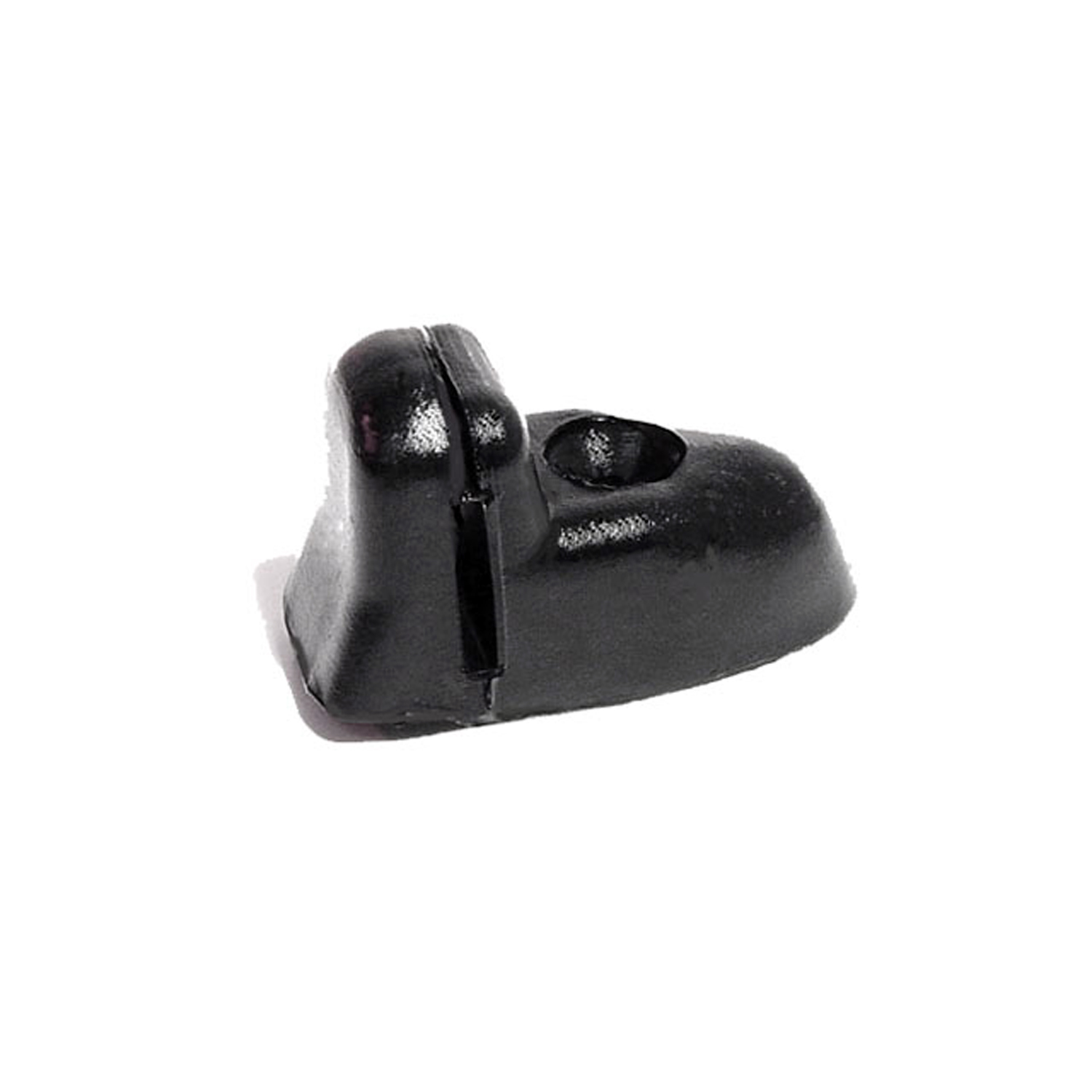 1963 Volkswagen Transporter Windshield Wiper Hold-Down Grommet-SM 35-AWindshield Wiper Hold-Down Grommet. Fits in front of windshield. Two used per bus. Each
1963 Volkswagen Transporter Windshield Wiper Hold-Down Grommet-SM 35-AWindshield Wiper Hold-Down Grommet. Fits in front of windshield. Two used per bus. Each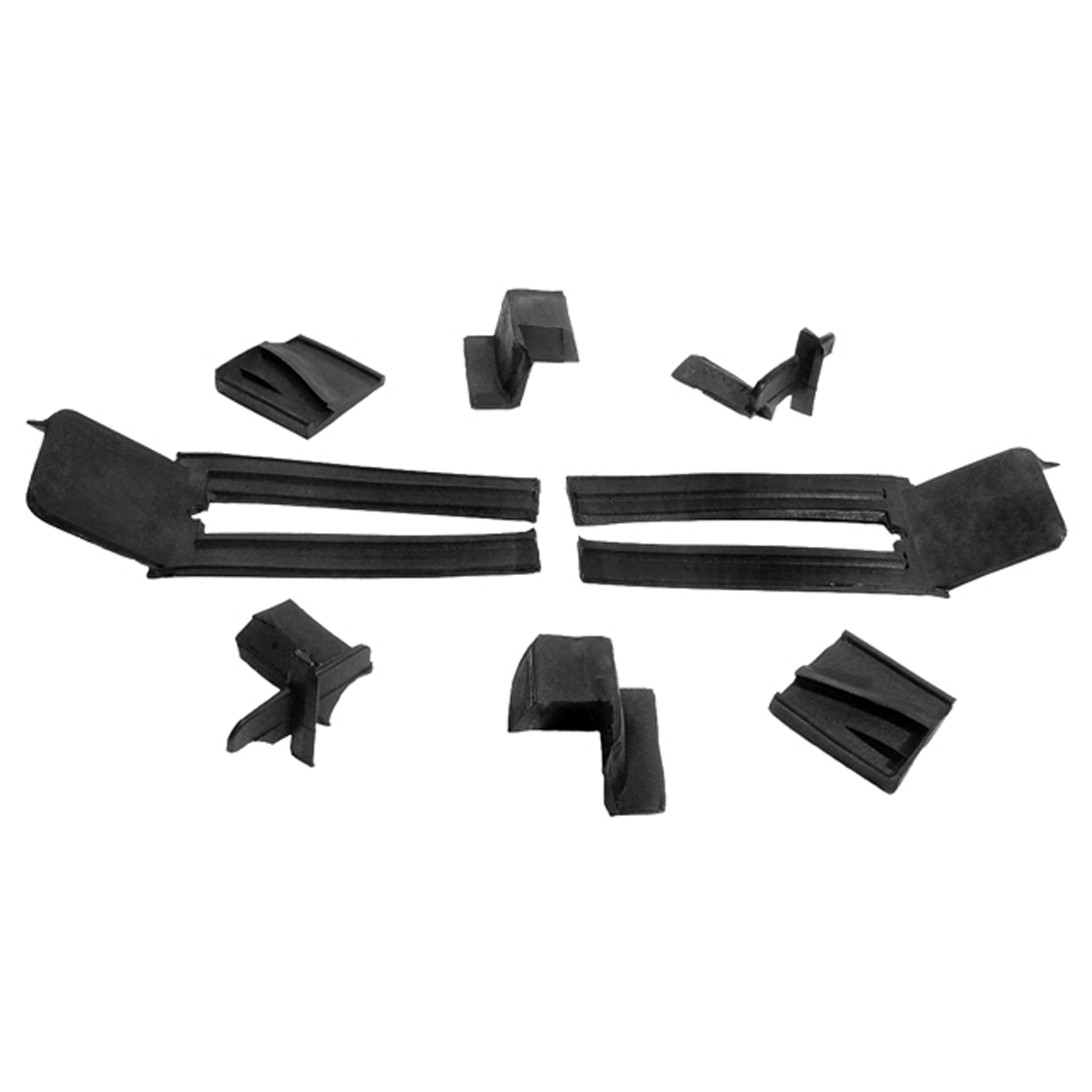 1963 Volkswagen Transporter Auxillary Window Seal Kit for Convertibles (ALP 10, ALP 10-A-WK 400Auxillary Window Seal Kit for Convertibles (ALP 10, ALP 10-A, ALP 10-B, ALP 10-C) 8-Piece Kit
1963 Volkswagen Transporter Auxillary Window Seal Kit for Convertibles (ALP 10, ALP 10-A-WK 400Auxillary Window Seal Kit for Convertibles (ALP 10, ALP 10-A, ALP 10-B, ALP 10-C) 8-Piece KitWhy Choose Metro?
For over 100 years, Metro Moulded Parts has been the pinnacle of quality in classic car restoration parts. Our commitment to precision and authenticity in every component ensures a perfect fit and an OEM-level appearance.
- Expert Craftsmanship & Quality: Each part is a testament to our dedication to reliability and perfection, crafted from original designs and thoroughly tested.
- Advanced Technology: We use cutting-edge techniques to create flawless, long-lasting parts that surpass others in performance.
- SuperSoft Sponge – The Ultimate Door Seal: Not only are our door seals 30% softer than competitors', but they're also guaranteed to never leak. They effectively reduce wind and road noise, enhancing your classic car's comfort and driving experience.
- Proudly American: Our parts are a product of American craftsmanship, made in the USA with a spirit of excellence and heritage.
- Unrivaled Warranty: We back our products with a 30-year industry-leading warranty, a testament to our confidence in their quality.
Join us in preserving the legacy of classic cars with parts that are crafted for perfection, not just made.

